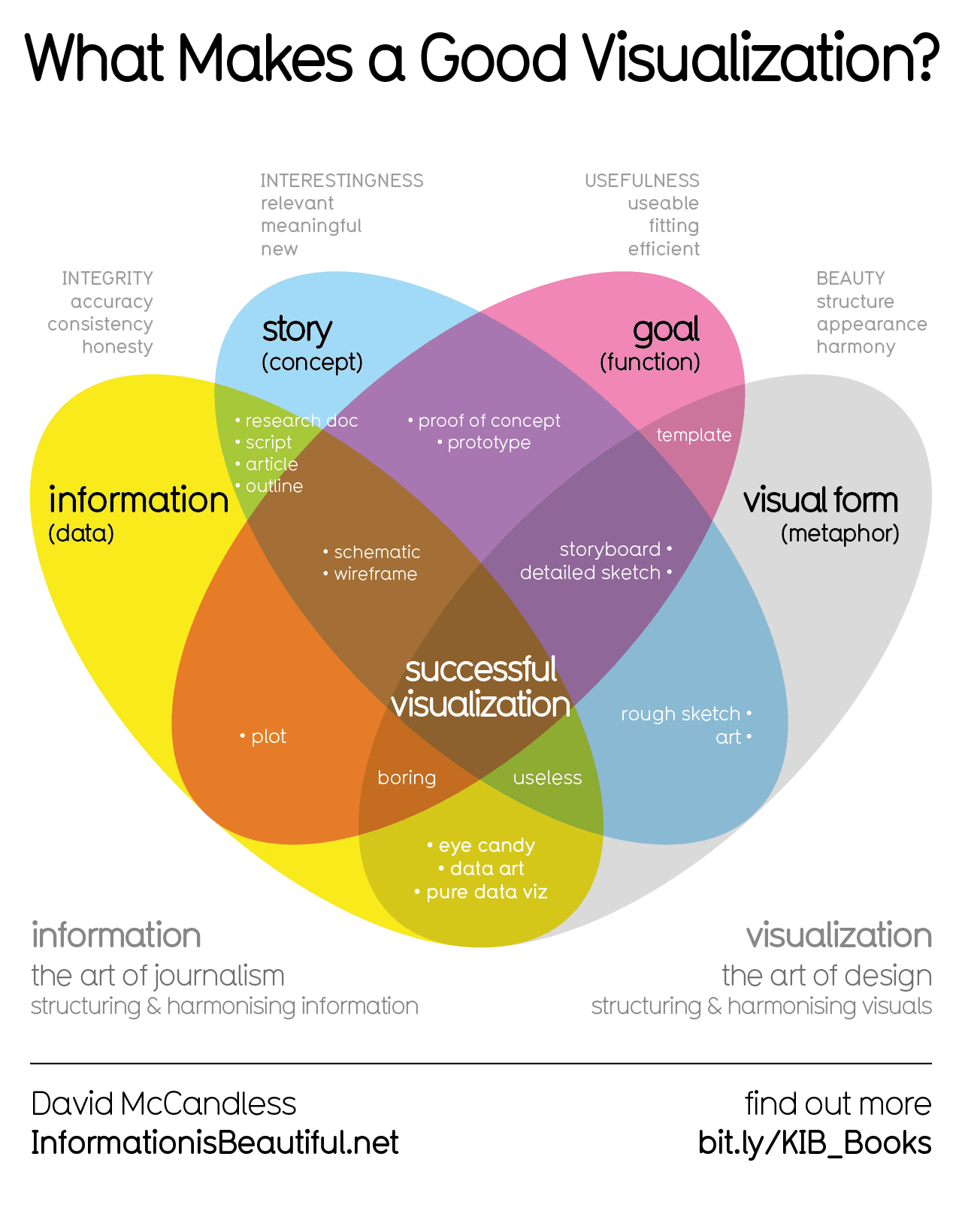

Paper is paywalled, but from the SciTech article it looks like mostly it was sodium sulfate. They did also make some “ocean-degradable plastics”.


Paper is paywalled, but from the SciTech article it looks like mostly it was sodium sulfate. They did also make some “ocean-degradable plastics”.


Thanks for the link and breakdown.
It sounds like a better description of the estimated thinking speed would be 5-50 bits per second. And when summarizing capacity/capability, one generally uses a number near the top end. It makes far more sense to say we are capable of 50 bps but often use less, than to say we are only capable of 10 but sometimes do more than we are capable of doing. And the paper leans hard into 10 bps being a internally imposed limit rather than conditional, going as far as saying a neural-computer interface would be limited to this rate.
“Thinking speed” is also a poor description for input/output measurement, akin to calling a monitor’s bitrate the computer’s FLOPS.
Visual processing is multi-faceted. I definitely don’t think all of vision can be reduced to 50bps, but maybe the serial part after the parallel bits have done stuff like detecting lines, arcs, textures, areas of contrast, etc.


It does look like they don’t currently have any funding issues. They have 1.5 years of reserves and give about 15% of their income out in grants to other organizations. And like most web sites, the actual hosting costs are a relatively small part of their operation.


None of these are pardons; they are commutations


Yeah, such a shameful lack of bigots’ POV.


This would also have to pass the House, which it would not. I agree with Bernie’s statement and respect his choice to put the resolution forth on principle. I do not respect the article author or commentors who are either ignorant of basic U.S. civics, or choosing to be deliberately deceptive in order to place blame solely on Democrats.




An article about how we all need to come together opens with a salvo against all of their allies. Beyond parody


Also, he was suspended in July 2021, so the consequences were pretty quick, and only the final nail in the coffin was delayed.
omg Toad, you can’t just ask people why they’re purple!


Nah, that’s another cut up with very little of the interview


Here is the full interview: https://www.youtube.com/watch?v=80DaR2CVNNk


If there was a government-mandated monopoly on coffee and it was sold in L/s, we probably would.


Surprised not to see any posts referencing the Arbitrary List of Popular Lights or !flashlight@lemmy.world.
One of the requirements to make it on the list is:
A user interface where a single click turns the light on in a reasonable mode, and another single click turns it off.


Ha, I love the backsplanation that they are small and yellow like corn.


That assumes “you” are just the conscious part. If you accept the rest of your brain (and body) as part of “you”, then it’s a less dramatic divide.


tell me source of any one claim
The report provides sources, as well as its criteria and methodology. If you are interested in facts, you may find them there.


It’s typically not an instant thing. Below is the description from page 25 of the pdf linked by OP, from which the charts were taken; I have highlighted some mentioned timeframes. There is also a graph on page 24 showing the change over time.
India’s process of autocratization begins in earnest from 2008 and characteristically proceeded in the incremental, slow-moving fashion of the “third wave”. Over the years, India’s autocratization process has been well documented, including gradual but substantial deterioration of freedom of expression, compromising independence of the media, crackdowns on social media, harassments of journalists critical of the government, as well as attacks on civil society and intimidation of the opposition. The ruling anti-pluralist, Hindu-nationalist Bharatiya Janata Party (BJP) with Prime Minister Modi at the helm has for example used laws on sedition, defamation, and counterterrorism to silence critics. The BJP government undermined the constitution’s commitment to secularism by amending the Unlawful Activities (Prevention) Act (UAPA) in 2019. The Modi-led government also continues to suppress the freedom of religion rights. Intimidation of political opponents and people protesting government policies, as well as silencing of dissent in academia are now prevalent. India dropped down to electoral autocracy in 2018 and remains in this category by the end of 2023.
Those “richest people” lists are based on publicly known wealth, which is almost exclusively public stocks. There is a lot of dark money out there.